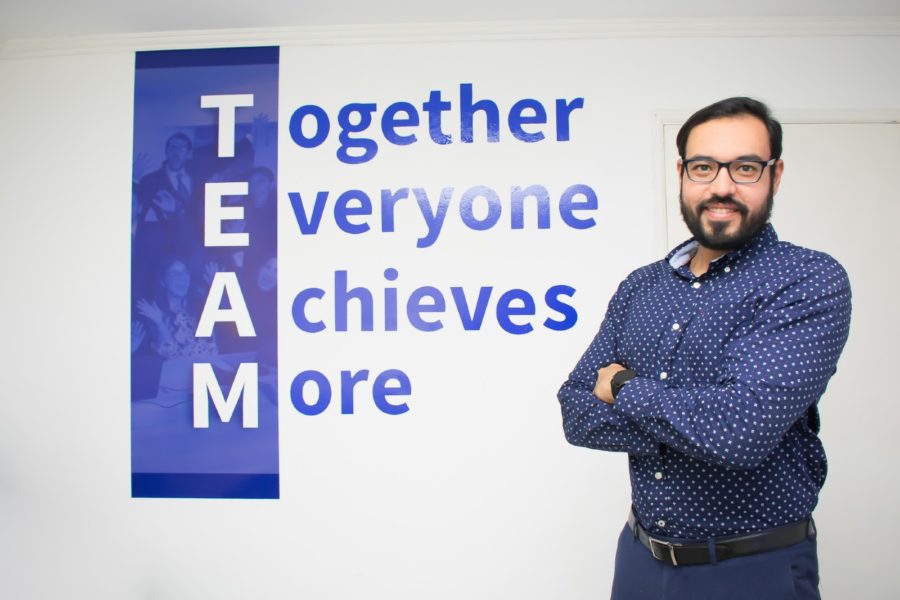We need to move; we need to keep up the pace. Nobody wants to be left behind, but that is what happens to those who insist on being static in a dynamic world. Of course, some things won’t change so fast, and others might keep an unpredictable changing pace, but everything is moving.
Whether we want it or not, innovation is no longer an eventual miracle; now, it is more like regular awesomeness. And, since we often see reforms and new methods, adapting becomes a top priority.
All of us have adapted to many changes in the course of our lives. Growing up is an act of constant adaptation if we come to think of it, so it could be safe to say that we all have some experience with it. Of course, in this case, experience doesn’t mean expertise, nor that it is a developed and mastered skill.
Most of us could surely use some training in this ability to become surfers on the wave of progress and change that comes rapidly our way.
When we think of training, we believe of repetition. Maybe even something fixed. You train by repeating to master a skill. When we train for a competition, we rehearse a series of moves over and over until we have it locked into our system, and we do that with every sort of training.
But how do you train a skill that is about change? There goes the dilemma. Improving your adaptability is achieved by training it like a muscle. But then again, how can we train this muscle? There are many things we can work around and within this skill that ensure complete and practical training. Please keep reading to master them.
Seek Feedback

Every once in a while, we go to a meeting or talk to a manager who tells us about the things they have noticed we can improve.
In some of those times, we might think that we are doing just fine, and it is a note of style rather than performance.
But what is it about these suggestions that make us grow? It might not be a brilliant note on how we can improve our performance radically, but it could be a piece of simple advice on how you write your emails, which would still be valuable. But why?
We only see ourselves through our eyes, and there is no other perspective from which we can look at ourselves other than the mirror. So, having someone else’s view on our work is an asset we can use to our advantage. We know our reality and why we do things; external people do not have that information, giving them a fresh perspective.
Looking for feedback allows you to stand in somebody else’s shoes, see yourself from a different perspective, and get the cognitive flexibility to understand how that perspective came to be. Being reminded of your blindspots is a great tool, so you can start working towards fixing what needs to be fixed.
Keep A Growth Mindset
Training to adapt requires taking risks sometimes. Taking risks implies failing sometimes, and being capable of seeing every opportunity as a learning one is key to thriving.
Installing this mindset is finding the motivation to go above and beyond to see what is hidden there; it is the drive to find out how significant your potential is and how you can live up to it. Learning means change.
Whether it is a change in perspective or a behavior change, we mutate with every piece of knowledge, even if it aligns with our beliefs.

Part of having a growth mindset is focusing on progress rather than exclusively valuing the result. And on that path, during that progress, we can make ourselves liquid and mold to the circumstances.
By valuing the process, we take it step by step, making change and adaptation something more manageable and easy for us. If you find this a little tricky, maybe this article can help you shift your mindset.
Ultimately, it would be best to remember that adapting is a matter of understanding, accepting, and learning. And what better way to work on that than by trying to have a nourishing perspective?
Be Curious
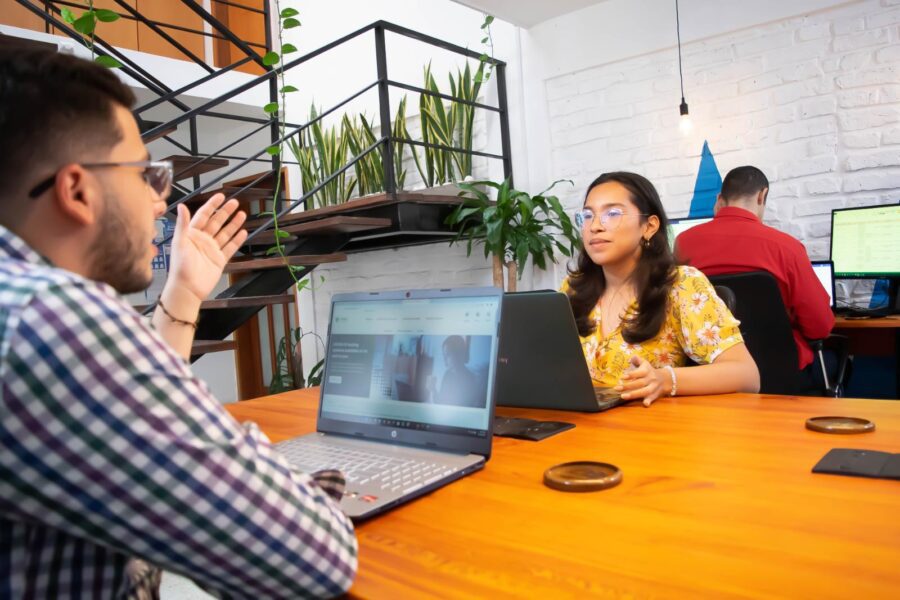
This goes hand in hand with having a growth mindset. Curiosity opens doors, lights up our knowledge, and absorbs what is needed. When seeing the world through curious eyes, there will be many hidden treasures everywhere.
We ask more questions, seek more knowledge and understanding, and apprehend the world around us. And there is no difference between being able to comprehend the world and being able to understand its dynamism.
Once we understand why the apple falls from the tree, it is easier to accept that it will not stay the same and, therefore, adapt to the reality of it falling. The same can be said about a change in the work dynamic, such as the shift from working at an office to working from home when the pandemic started.
When we understand, adapting comes along smoothly and inevitably, just like gravity’s effect on the apple. So, stay curious, do what you can to understand your field, and keep an open mind and heart for when things change.
Practice Cooperation
Do you want to know a great source of lessons about adaptation? Working with other people. One thing that can keep us fixed is ourselves. Working with different people and having to put aside our ideas of what should be done to allow space for someone else to express their opinions can be challenging.
When we think we know what needs to be done, we do not want to waste time listening to someone else who might have an idea that might not work as much as the one we have. It might seem pointless for us, and that could be valid, but there is much more to learn there, too.
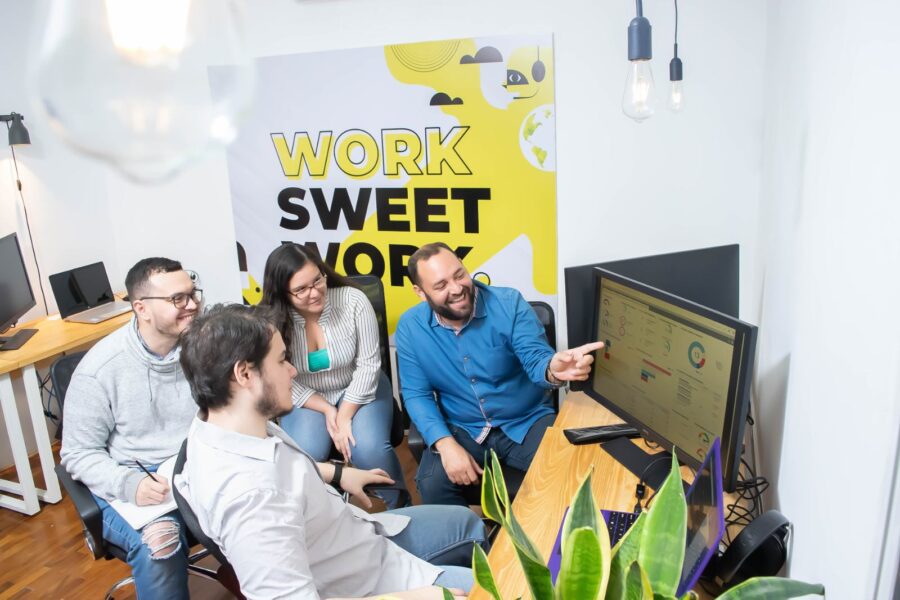
Working with others forces us to change viewpoints, negotiate, and find a middle ground where all parties are somewhat satisfied. Teams complement each other and push each other forward so everyone grows.
Cooperating and trying to understand what our teammate wants to express is adapting to an idea that is not ours. It is adapting to a factor in our equation that we can’t control… someone else, who might not understand us correctly, may interpret the same instruction in a completely different way.
Train Your Problem-solving Skills
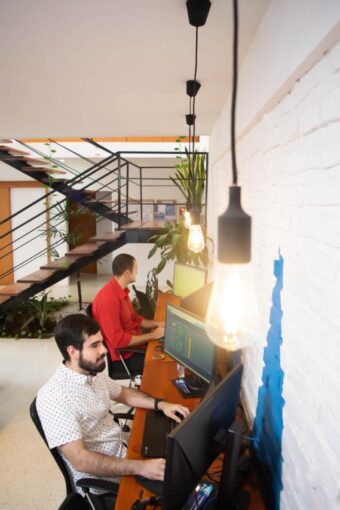
If you master problem-solving, you have nothing to worry about when the winds change. Most of the time, change is scary because we don’t know what to do with our new circumstances. Other times, change is challenging because we want to solve new problems with old solutions. It doesn’t have to be that difficult.
Training your brain to look at a problem and find a solution is an art like any other. To improve on that, some people like to play chess, while others prefer to do puzzles. This training doesn’t even have to be associated with your work field.
Although, if you can start integrating them, it would be unique and have more robust results. The goal here is to become a bit more solution-oriented and create the habit of finding solutions and executing them.
Just like in chess, in life, you will be presented with problems and situations that you need to acknowledge, evaluate, find possible solutions, foresee the potential outcome of each one, and execute the most suitable option.
Stay Resilient
I want to say that you might fail eventually, but the truth is that you certainly will at some point. Some changes will be complex and challenge everything you believe and all the progress you have made.
At some point, you might have to start from scratch or even delete a whole project because something happened. Circumstances might change in the blink of an eye, and there is nothing else we can do other than breathe deep and adapt.
Think of it as being a war survivor; you might have won, but your reality will change entirely after what you have seen.
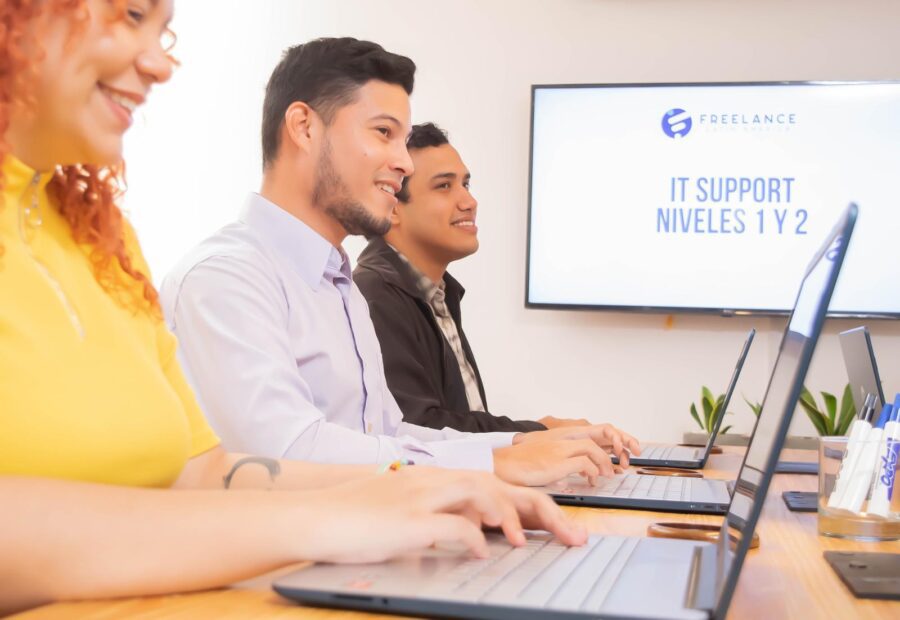
To practice resilience is to make space for recharging, to learn yourself to the point where you can listen to your body when it is time to stop—or maybe make a conscious effort to stay positive and make the most out of every situation.
You need to acknowledge change and accept that it will inevitably happen. Just like you did when you noticed that your first bike was too small for you to ride anymore. Adapting comes with changes, and learning to bounce back from life’s turns is what matters most at the end of the day.
Get Out Of Your Comfort Zone
Comfort is good, sometimes it is as necessary as the air that goes into our lungs. But it can not become the only place you go to. There is not much growth in being comfortable all the time. There is a bit of discomfort in change and much more in growth.
Outside our comfort zones, there are unexpected circumstances. Those could be great opportunities for practicing our adaptability. Exposing ourselves to new circumstances outside our comfort zone is standing in front of a need to change and adapt.
When you progressively stretch the limits of your comfort zone, you become more versatile, which is a great way to master adaptation.
It is not super simple, comfort zones are comfortable for a reason, and getting out of them can feel like an imminent danger sometimes. But being able to do it is a sign of flexibility; it shows that you can do more than you are used to.
You don’t have to start with something completely drastic; it doesn’t need to be a 180-degree turn. Start simple, start small. If you tend to do something repeatedly, try to start by changing that process and doing it differently. Managing those little changes is planting on fertile ground to manage significant, drastic changes in time.
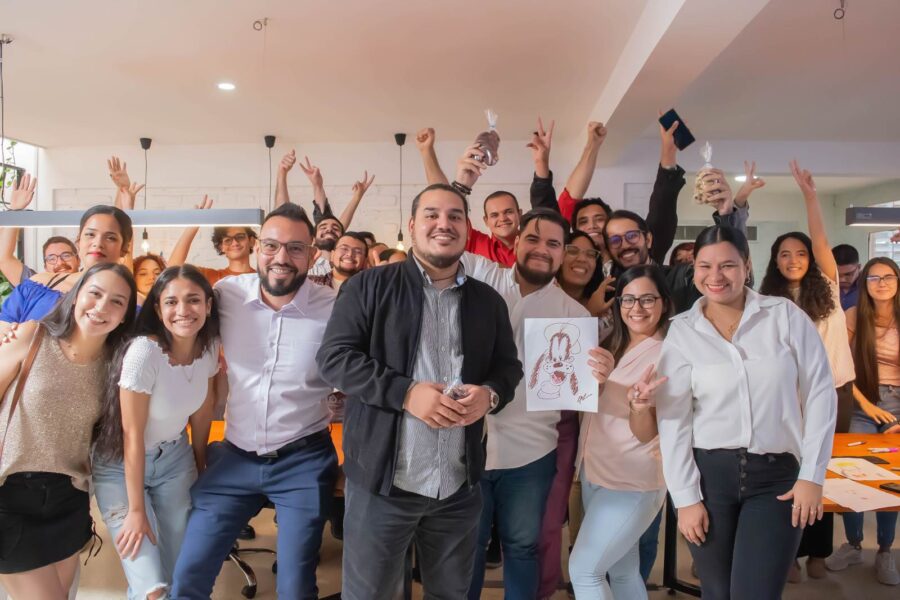
Times change, and so do we. Sometimes, we change faster than the circumstances, and in others, it is the other way around. We can wrap around things we find closer to us, but sometimes, change can get drastic, and we need to be prepared for the unexpected.
Adaptation is trying to understand that everything in life is dynamic and learning to dance to the music we are playing. Just as in life and at work, this is a vital skill. So, what are you waiting to improve it?
See more articles by Laura Navarro.




